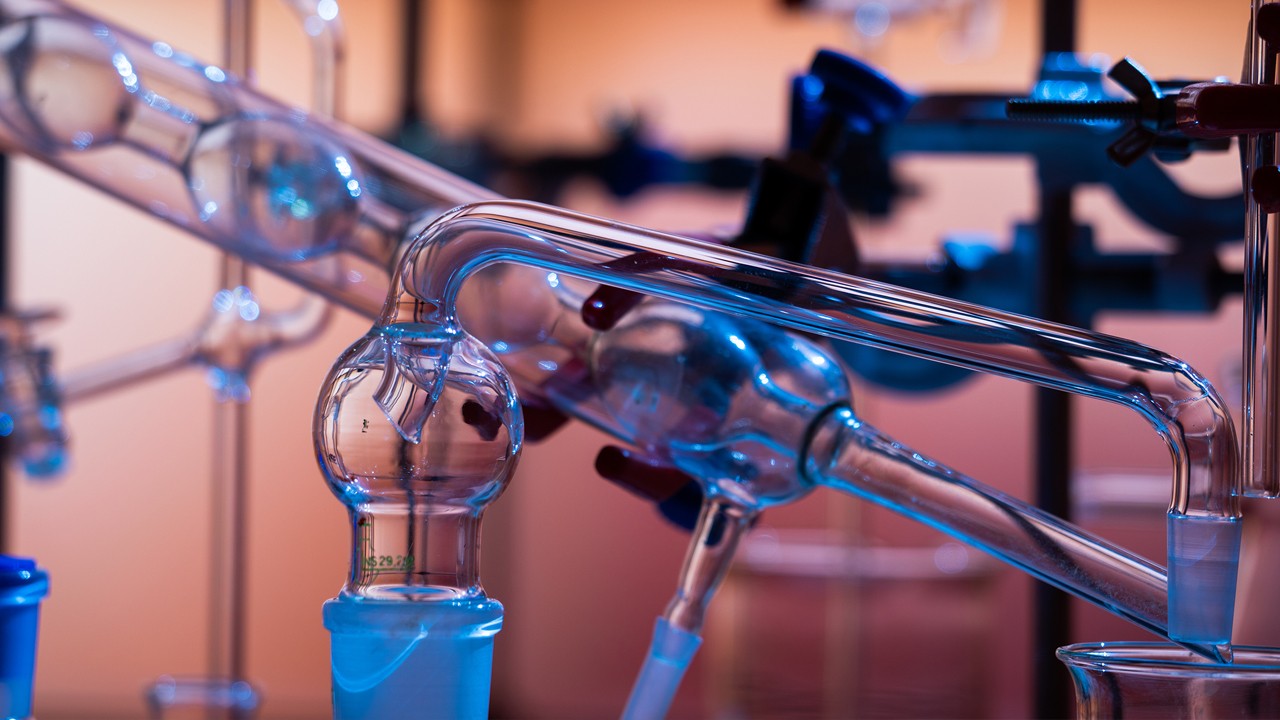

Process Understanding, Optimization and Control
Increasing challenges for drug manufacturers
High Fidelity Analytics
The ability to accurately monitor chemical reactions is crucial for many scientists in the pharmaceutical and chemical industries. Research and development scientists rely on high quality unambiguous data as they determine reaction kinetics, investigate alternative synthesis routes, or optimize process conditions. These objectives lead to clear benefits once a process has been transferred to manufacturing where it is essential to ensure that the reaction progresses as expected producing high quality final products in a timely and cost-effective matter. Among the different analytical techniques for real-time reaction monitoring, NMR spectroscopy is unique in providing both direct quantification (yield, purity) and unparalleled information about the structure of the species under investigation Monitoring by NMR facilitates process understanding and optimization, leading to improved yields and reduced costs.
Previously, only at-line methods of NMR reaction monitoring were possible, but this had the important disadvantage of not enabling the early phase(s) of the reaction to be observed (and therefore important insights could be missed). Also, at-line experiments can cause too much disturbance to the physical conditions of the reaction (i.e., temperature and pressure). Employing flow tubes or flow cells enables both these major disadvantages, and several others, to be overcome. 1,2
Nuclear magnetic resonance (NMR) - Insights into reaction mechanisms at your fingertips!
A key advantage of on-line reaction monitoring is the ability to collect compositional information and derive kinetic data from chemical processes in real laboratory conditions (stirring, temperature, pressure) and close to the beginning of a reaction. This capability is important when attempting to observe early forming intermediates in a reaction. This approach also allows simultaneous monitoring (via the reaction vessel) with other analytical techniques, such as MS, IR, UV and pH, and enables scientists to accumulate comparable sets of data from these additional techniques.
On-line monitoring is achieved using Bruker’s InsightMR flow unit which samples the reaction directly, from a reaction vessel, then circulates the reaction mixture to the magnet and back, through actively heated transfer lines. It is now available in a compact, benchtop, cryogen-free format: the Fourier RxnLab, to monitor processes as they happen where they happen.
In-situ fast reaction monitoring: fast and furious data
A challenge often faced during reaction analysis is speed. Fast reactions can be challenging to monitor and study; therefore, understanding and controlling these reactions is limited. Using in-situ monitoring, data from fast reactions can be captured and observed to identify optimum conditions and improve understanding.3
In-situ monitoring is made possible through the use of Bruker’s InsightXpress unit. In this configuration, reactants are mixed inside the magnet and quickly pumped into the NMR probe through a capillary in only 130 milliseconds.4
Analytical continuity leads to time savings and risk reduction
Bruker’s solutions for reaction monitoring provide answers to key chemical questions, such as conversion, reaction yield, mechanistic insights,5,6 and reaction kinetics. Process chemists get fast, reliable answers to make strategic process chemistry decisions, ultimately leading to cost savings. NMR increases reaction understanding in the lab so that processes can be transferred to the lab with high confidence. The introduction of the new Fourier RxnLab enables analytical continuity to the plant, direct transfer of methods from high- to low field NMR to NMR, with consequent time savings and risk reduction.
References
- Foley D. A. et al., Anal. Chem., 86(24), 12008-12013 (2014)
- Dunn, Anna L. et al., Magn. Reson. Chem., 54(6), 477-484 (2016)
- Johnston C. P. et al., J. Am. Chem. Soc., 140, 11112−11124 (2018)
- Laraman, F. J. et al., Org. Process Res. Dev. 2022, 26(3), 764–772 (2021)
- Saib A.et al., React. Chem. Eng., 6, 1548-1573 (2021)
- Hall A. M. R. et al., ACS Catal.,11(21), 13649-13659 (2021)


